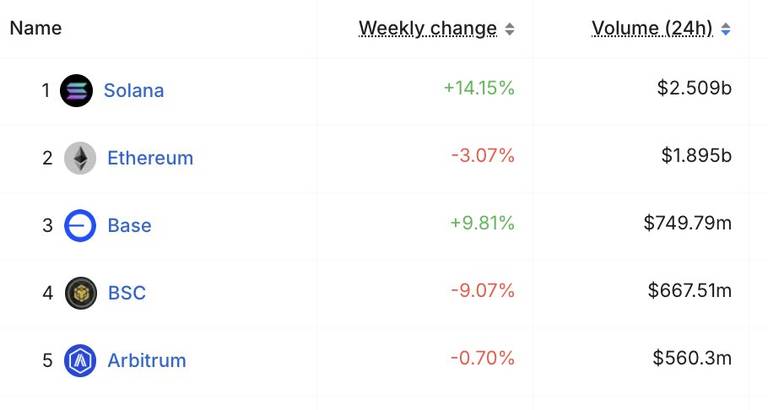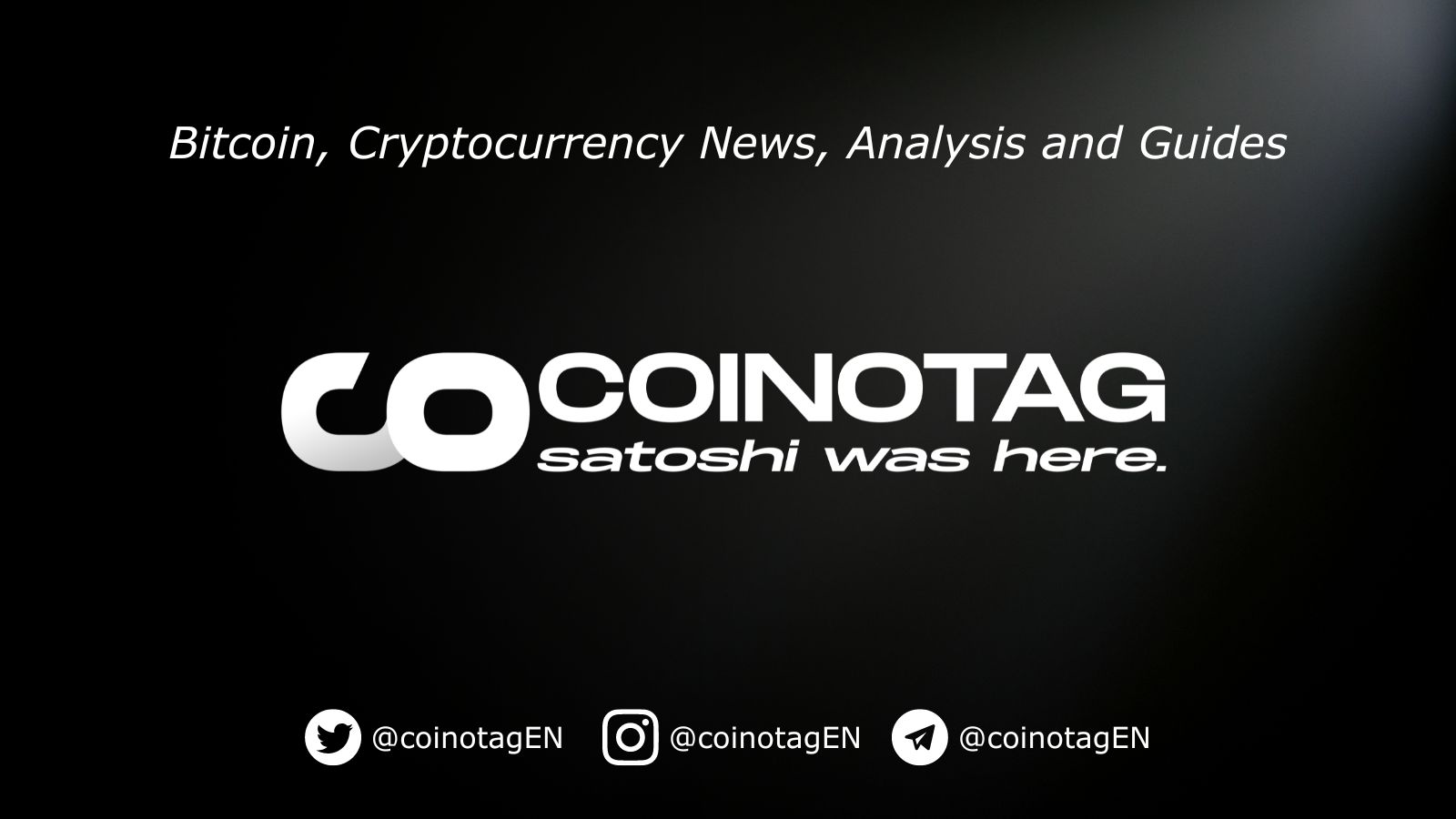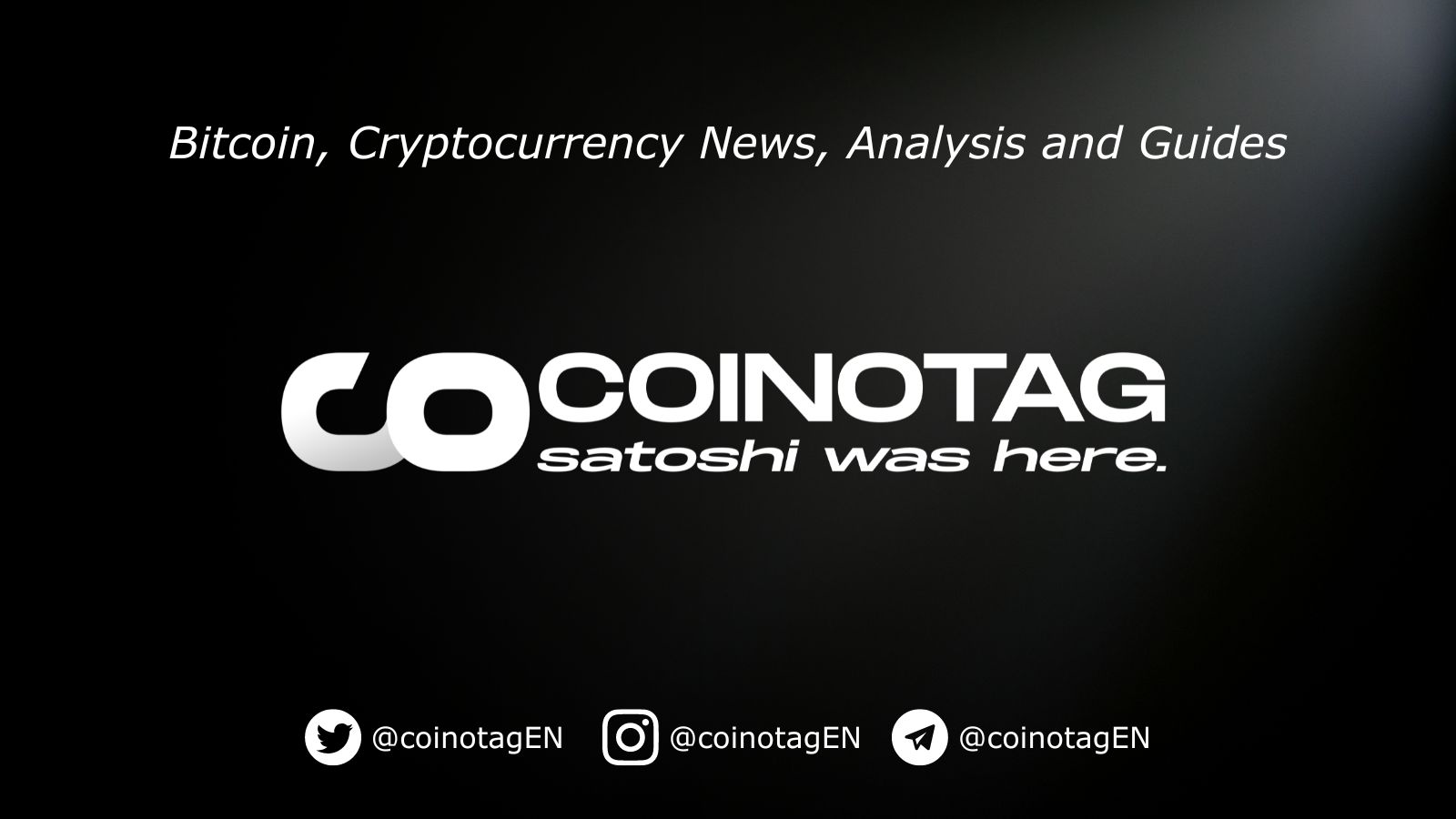
The sharp declines in altcoins listed on Binance such as ACT, TST, MASK and LEVER in the past weeks created a bomb effect on the market. After these declines, the altcoin named Mantra (OM), which is also listed on Binance, fell by 87% today. While this decline has a shocking effect on investors, everyone is asking why. At this point, MANTRA CEO John Patrick Mullin said in a statement that no team member or partner has sold OM tokens. Speaking at the 2025 BTCON RWA Summit in Seoul and making statements from his X account, MANTRA CEO touched on the recent drop in the price of the OM token. Mullin did not say that the drop was an exploit or an attack, but rather that they determined that the drop was triggered by centralized exchanges recklessly instituting forced shutdowns of OM account holders. Claiming that a large investor on a centralized exchange experienced a forced liquidation of their OM token, Mullin told an X user that they believe one exchange in particular is to blame but are still trying to sort out the details. He told another user that the centralized exchange in question was not Binance. The CEO emphasized that neither he, nor his team, nor the Swiss team, nor advisors, nor key partners sold any OM tokens, saying: “The timing and depth of the collapse suggest that account positions were closed very abruptly without adequate warning or notification. The fact that this occurred during low liquidity hours, Sunday evening UTC Asian time, suggests at best negligence or deliberate market positioning by centralized exchanges.” “Mantra`s Decline is a Huge Scandal!” While the suspicion on the stock exchanges continues, a comment also came from OKX, one of the leading stock exchanges. Accordingly, OKX founder and CEO Star Xu said that the MANTRA collapse was a `big scandal` and promised to release related reports soon. He emphasized that all on-chain data regarding token unlocks and deposits are publicly available, and collateral and liquidation data from major exchanges can be reviewed. He added that OKX will make all relevant reports available. Binance stated in its statement that initial findings showed that the sudden drop in the price of the OM token was due to liquidations between exchanges. OM continues to trade at $0.77 at the time of writing. *This is not investment advice. Continue Reading: Mantra (OM) CEO Made a Statement About the Fall, Targeted a Stock Exchange! Here Are the Details…
BitcoinSistemi
You can visit the page to read the article.
Source: BitcoinSistemi
Disclaimer: The opinion expressed here is not investment advice – it is provided for informational purposes only. It does not necessarily reflect the opinion of BitMaden. Every investment and all trading involves risk, so you should always perform your own research prior to making decisions. We do not recommend investing money you cannot afford to lose.
Struggle for Stablecoin Dominance Set to Enter Third Round, Fireblocks Says

The competition for stablecoin dominance is entering a third phase and companies such as Tether, issuer of the largest token, and Circle, the No. 2, are setting up their positions as the industry faces increased regulation in the form of the European Union’s Markets in Crypto Assets (MiCA) regime and U.S. legislation that is working its way through Congress, according to digital asset cryptography and custody specialists Fireblocks. This latest stage will feature banks, large and small, as well as incumbent payment firms that are weighing up the best way to integrate the tokens into their existing businesses, according to Ran Goldi, SVP of payments at Fireblocks. Stablecoins , blockchain-based tokens that mimic U.S. dollars for the most part, have become big business. Tether`s USDT is the clear leader, with a market cap close to $145 billion . Circle`s USDC has over $60 billion in circulation and the company is considering a public listing on the New York Stock Exchange. The stablecoin market could grow to $2 trillion by the end of 2028 , Standard Chartered said in a Tuesday note. “We are going to see banks issuing stablecoins, as they are under MiCA,” Goldi said in an interview. “You are seeing financial institutions that are fintechs entering such as Robinhood, Ripple and Revolut. By the end of this year, you are going to see maybe 50 more stablecoins. The industry has already passed through two stages, Goldi said. The first occurred when USDC went up against U.S. regulated trading firm Paxos, which had partnered with crypto exchange Binance to issue BUSD. For regulatory reasons Paxos had to drop BUSD and so Circle won that round, Goldi said, adding that Paxos’ new USDG consortium is growing in stature and likely to play a major role in the future. The second stage was between Circle and Tether. “USDC was trying to be bigger than USDT, but then USDC tumbled a bit with the collapse of Silicon Valley Bank etc. It was harder for people to accept that product, especially people outside the U.S. Meanwhile USDT has really grown tremendously. I think USDT will remain the dominant dollar stablecoin outside of the U.S. I believe Circle will have to put up a really good fight, which they’ve done in the past and are very good at doing.” It`s worth noting, though, that USDC is licensed under MiCA, giving it access to 27 EU nations with a total population of about 450 million people. USDT is not. Growth in international payments Stablecoins grew to prominence as an essential way of moving money between volatile cryptocurrencies, meeting a particular need given the industry’s shortage of fiat on and off ramps. Dollar-pegged coins of various sorts blossomed further with the explosion of decentralized finance (DeFi). Looking further back, the early days of crypto show an evolution of payment service providers (PSPs), starting with those who wanted to use cryptocurrencies to settle their bills. This was followed by a second wave of business-to-business PSPs like Bridge, recently acquired by Stripe , and Zero Hash , Alfred Pay, Conduit and others. “Some of these PSPs are firms you may not have heard much about, but they are actually moving billions in stablecoins, servicing businesses to pay to other businesses most of the time,” Goldi said. He pointed out that less than 20% of Fireblocks’ total transaction volume was stablecoins in 2020, increasing to some 54% last year. For a typical use case, consider an importer in Brazil that wants to bring in a container and pay someone in Turkey or in Singapore. It takes the Brazilian reals, converts them to a stablecoin, and either sends the funds directly to the exporter or changes them to the destination currency and pays with that, Goldi said. Some banks have already caught on to the cross-border payments use case, with the likes of Braza Bank in Brazil, BTG Bank and DBS in Singapore catering to business clients with accounts that support stablecoins. Others are still weighing the best use case for them. “We have been approached by dozens of banks,” Goldi said. “They are asking whether they should be on/off ramps, or holding reserves, or perhaps they are thinking about issuing a stablecoin. There are several things banks can do to make money out of stablecoins, from credit to on/off ramps to FX.” Based on those conversations, Goldi said he believes most of the banks are writing strategic plans that will probably be submitted by the end of this quarter. “It will be interesting to see if banks build something on their own, or use BNY Mellon, for instance, that serves banks, or a vendor like Fireblocks. I think the large tier-1 banks like JPMorgan, Citi and Morgan Stanley will build their own tech, while the tier-2 banks will want to use some hosted tech provider,” Goldi said. “Of course they are banks and they move slowly, so I think they would be looking to approve those plans by the end of this year and perhaps do something in 2026. BitcoinSistemi

Solana Processes 355.9 Million Transactions in a Week, Generates More Fees than Ethereum and Leads DEX Volume for 4 Days
Solana has achieved a remarkable milestone by processing 355.9 million transactions within a single week, surpassing the combined total of all other blockchains. This surge in activity underscores Solana`s significant throughput capabilities and growing popularity among users. Additionally, Solana has generated more fees in a 24-hour period than Ethereum and Binance Coin combined. The blockchain has also led all other chains in decentralized exchange (DEX) volume for four consecutive days, further solidifying its position in the market. These developments highlight Solana`s increasing dominance in the cryptocurrency space. This is an AI-generated article powered by DeepNewz, curated by The Defiant. For more information, including article sources, visit DeepNewz . To continue reading this as well as other DeFi and Web3 news, visit us at thedefiant.io BitcoinSistemi











